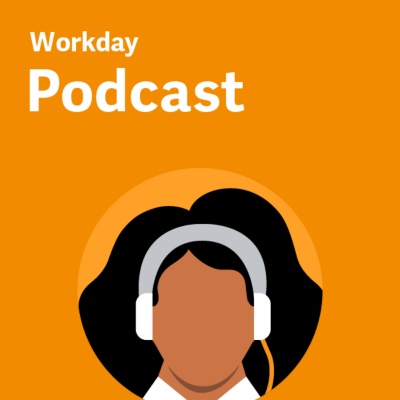While I had previously worked closely with our President and CFO Robynne Sisco, this situation brought us closer. Together, we had to make tough prioritization decisions, and those conversations are ongoing, always centering us on our biggest priorities.
Shifting From Project-Based Work to a Product-Based Mindset
An IT operating model is how we do our work. A well-defined and articulated operating model is the bridge between strategy and day-to-day operations. This guides the team, provides the context, and enables the behaviors needed to achieve our strategy and vision. For us, we organize around products instead of projects so we can be more agile. A product is a capability or portion of a capability, brought to life through technology, business process, and customer experience. By working this way, we work more like a product engineering organization with product owners, continuous planning, and end-to-end lifecycle management of a product, but this wasn’t always the case.
During my first year at Workday, we operated predominantly in a waterfall mode. I aspired to shift to a more agile mindset, which meant changing the operating model, and this wasn't just about an IT change. It was a chance to have the business join this change management plan and buy into the process because they are product owners who help define what we're solving for via technology. Making sure we had the right model in place to be successful was really important.
The true value of our more agile operating model is that now we can keep pace with ongoing changes. We're not always starting and stopping. We have teams filled with experts around a product domain, so we don't have to onboard or offboard contractors, and that helps us keep year-round continuity. This has sped up our response times, enabled us to keep subject matter expertise of the product domains and other areas in-house, and helped us be more responsive to the business. This flexibility also enables us to adjust priorities more easily as changes come about.
Prioritizing a Customer Zero Program
The one indisputable way to truly know your customer is to be your customer. Internally we call this team WoW, which stands for Workday on Workday. Part of our business technology team, they lead the internal deployment of our products across the application suite, ensuring we ourselves use the products we offer to our customers. And although we’ve been our own customer since Workday had only 200 employees, we’ve scaled the tools and applications with us as we’ve grown to over 13,000 employees. Similar to our customers, we haven't had to redeploy our solutions because upgrades are continually delivered as part of our ongoing service.
One of the biggest benefits from the WoW program is that we use employee feedback to improve the overall customer experience. It helps with customer stickiness in terms of product innovation and overarching market positioning for the products. We also actively participate in design partner groups and pre-general availability meetings, which give us the opportunity to influence the product direction, strategy, and roadmap.
Looking Ahead
As we start to emerge from the pandemic, we have exciting opportunities from both a leadership and technology perspective. As leaders, it’s important to keep empathy and fun at the forefront. The last year has made us better leaders who are more sensitive to this, and building a strong culture with a diversity of talent and ideas is hugely important. We’ve also become much better communicators—with global teams working remotely, being consistent with multiple channels is very important.
From a technology perspective, utilizing new product offerings and go-to-market strategies that will enable scalability and support the return to the workplace and new hybrid environment will be important for CIOs. This means taking the time to ask what the next normal looks like and consider what pressures this might bring for IT leaders. Understanding the broader landscape will then help IT come to the table with more responsive technologies for these environments.
Finally, making sure your technology is ready to scale and adapt as the world around us keeps changing—having an agile architecture, making sure security is built in, and making sure our technology is extensible—is going to be the major pivot point for CIOs. I think this last year proved that beyond a doubt.







